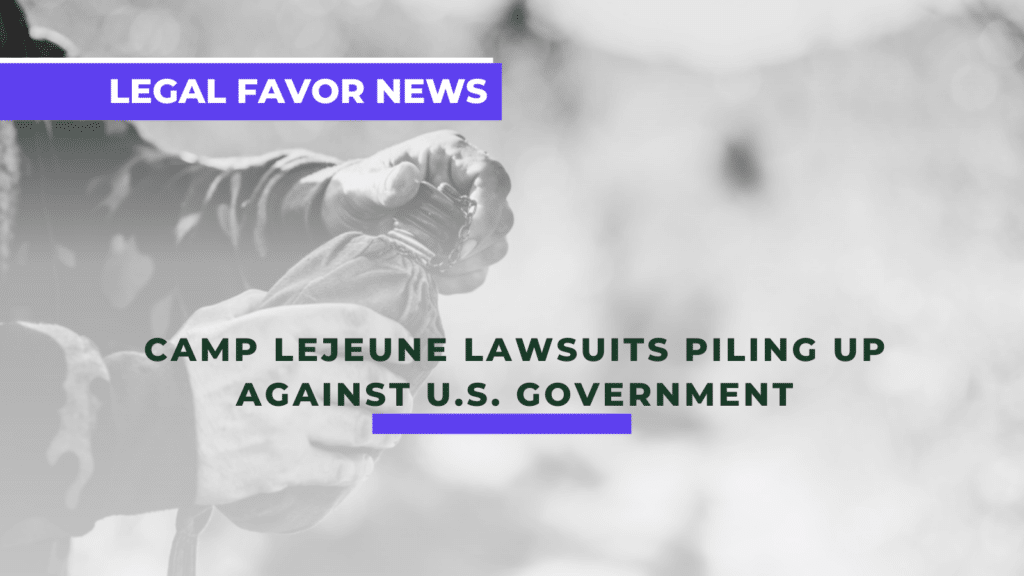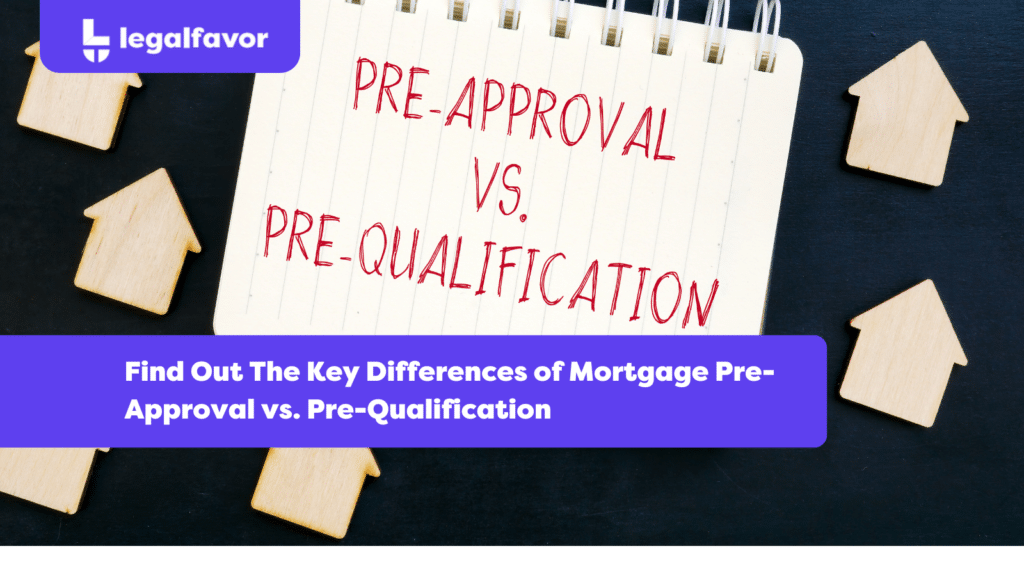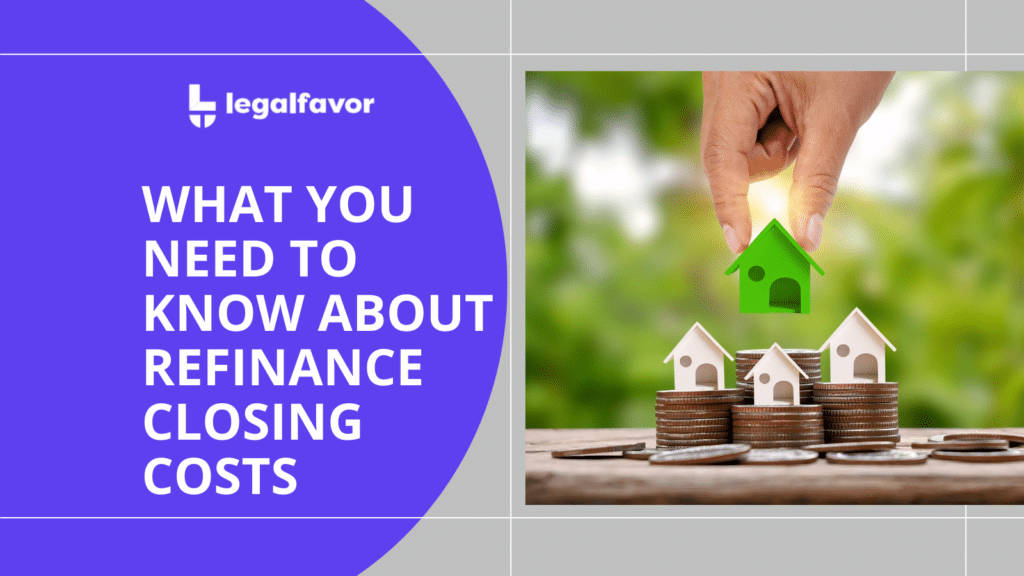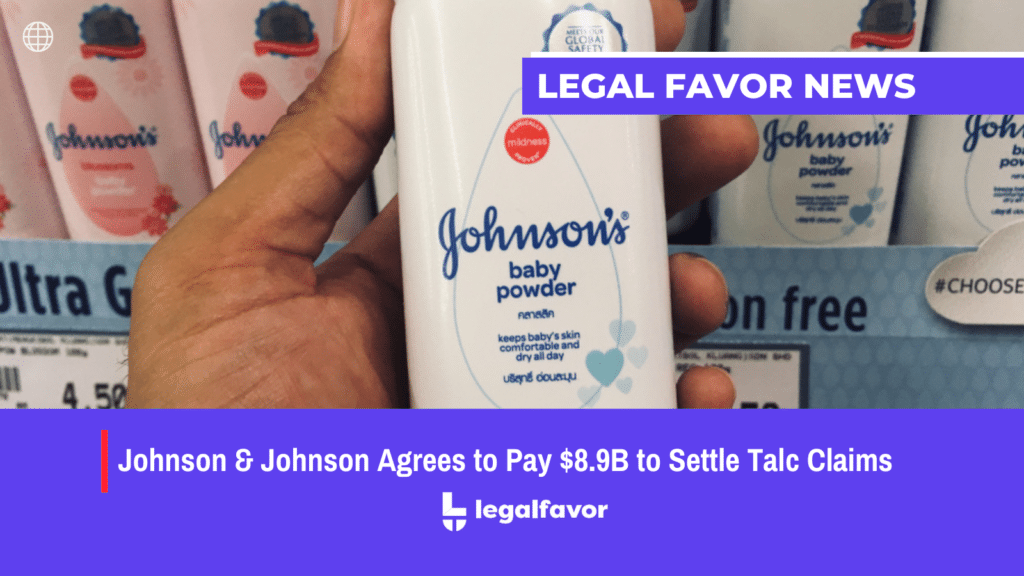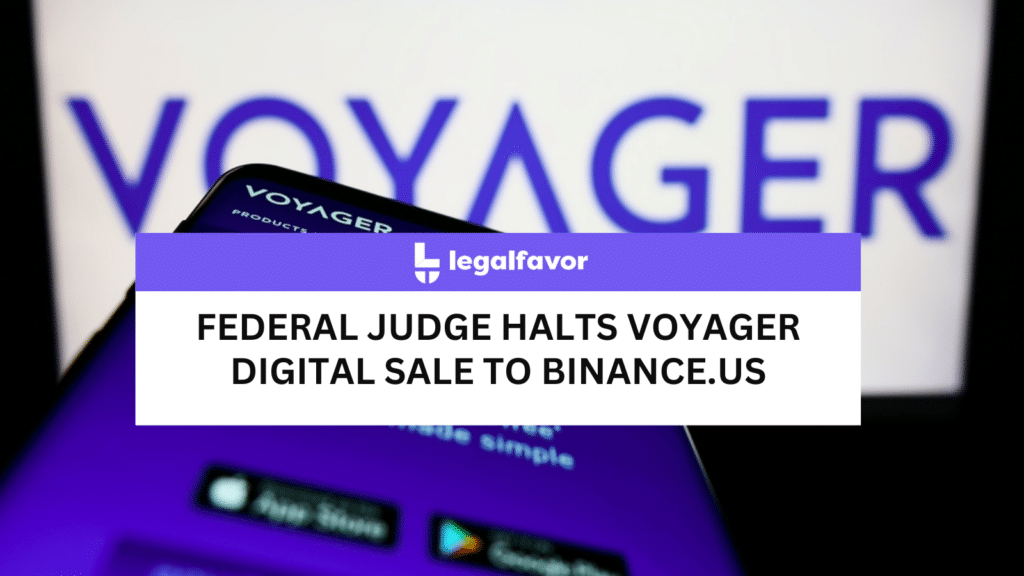Cybersquatting is the act of registering, selling, or using a domain name with the intent of profiting from the goodwill of someone else’s trademark. This practice originated at a time when businesses were not as tech-savvy as they are now. Specifically, during this time, some “entrepreneurs” registered the names of well-known companies, as domain names, with the intent to sell these domain names back to companies at a premium. It is important to note that this practice did not just affect small/medium-sized businesses, but in fact, held many large companies under pressure. Some examples of these companies include Panasonic, Hertz, and Fry’s Electronics. Therefore, if a content owner is starting their own business, it would be prudent for them to register their domain name as soon as possible.
Recognizing Cybersquatting
Generally, the first step is to see if the desired domain takes the user to a website. If no website is reached, but instead a phrase stating “this domain is for sale” or “this domain is under construction” is seen, there is a high chance that cybersquatting is occurring. However, note that the absence of a website does not always mean there is cyber squatting involved. The owners of the unavailable domain may have legitimate reasons for buying the domain. The most common of these reasons is that they plan to build a real website under this domain in the future. Another example of cybersquatting occurs when the domain takes the user to a website comprised primarily of advertisements for products/services related to the trademark.
The best first step in these circumstances would be to contact the domain name registrant. In the United States, one can use the WHOIS Lookup system. If none of these avenues work and litigation is not an option, sometimes the best solution is to pay the owner of the domain. However, whether a business is willing to do this or not really depends on the company’s unique context and circumstances.
Litigation Under The Anti-Cybersquatting Consumer Protection Act
A trademark owner can sue under the Act to obtain a court order which essentially transfers the domain name back to the owner. The statutory monetary damages range from $1000 to $100,000 per domain name, depending on the value of the name relative to the business. Another avenue of litigation involves filing an action against the domain name itself, as opposed to taking action against the individual/business.
The owner will need to prove to the courts the following.
- (1) That the domain name registrant possessed a bad faith intent to profit from the trademark.
- (2) That the trademark was distinctive when the alleged cyber squatter registered the domain name.
- (3) That the domain name is the same, or very similar, to the owner’s trademark.
- (4) That federal trademark legislation in fact protects the trademark in question.
It is important to note that the Act does not prohibit a registrant’s fair use of the domain name, nor does it prohibit any uses protected by the First Amendment.
Under Section 43(d) of the Act, the courts consider the following when determining bad faith. Whether the alleged cyber squatter has any IP rights in the domain name. Whether it is the alleged cyber squatter’s real name (legal name) or a pseudonym (nickname). Any prior good faith the alleged cyber squatter had when using the domain name (such as offering real products/services). Whether there is a non-commercial or fair use component of the mark.
Whether the alleged cyber squatter had the intent to divert a consumer to a website that would harm, the original trademark owner’s goodwill (and whether the alleged cyber squatter did this act for financial gain or with the intent to tarnish the trademark). Whether the alleged cyber squatter offered to sell the domain name to the original owner without using the name. Whether the alleged cyber squatter intentionally provided misleading contact. And finally, whether the alleged cyber squatter kept multiple domain names that were known to be identical or confusingly similar to the mark.
Arbitration
If the owner does not have the time nor the funds to pursue litigation, a prudent move may be to resort to the ICANN arbitration system, administered under the Uniform Domain Name Dispute Resolution Policy. Under this system, whoever brings a complaint must establish the following. (1) That the domain name is identical or confusingly similar to a trademark to which the owner has rights. (2) The domain name owner did not have intellectual property rights nor a legitimate interest in the domain name. (3) And that the domain name was registered and is being used in bad faith. If all three of the above elements are established successfully, the domain name will be canceled and will subsequently be transferred to the original owner.
Final Remarks On Cybersquatting
Overall, although the concept of cybersquatting originated when businesses were not as adept at using technology, it has become a serious issue in commerce across the United States. The issue essentially stems from the fact that domain names should not be treated strictly as a commodity and that there is an implied good faith undertaken when using a domain name. There are debates about whether such a concept is the correct one, but nevertheless, the issue of cybersquatting persists.
In order to better understand cybersquatting, one must first be able to recognize when it is occurring. One should also know certain preliminary steps that can be taken before resorting to the courts. If these initial steps yield no fruit, one option involves litigation under the Anti cybersquatting Consumer Protection Act. It is also important to note that there is also the option of arbitration; a method that is becoming increasingly more popular given the scarcity of court resources. In conclusion, understanding the basics and specific procedures of cybersquatting can help potential entrepreneurs navigate the commercial landscape and start their business on the right path.
